Jodhpur Pedestrian Tour Guide
A Jodhpur Walking Tour Guide offers a detailed and immersive experience of exploring the historic and vibrant city of Jodhpur, often referred to as the “Blue City” due to its vividly painted houses. The guide leads tourists through narrow lanes, bustling markets, and iconic landmarks, providing insightful commentary on the city’s rich history, architecture, and culture.
The tour typically begins at a central location, pivate driver India tour, such as the Clock Tower or the Mehrangarh Fort, where the guide introduces visitors to the historical significance of the area. As the tour progresses, the guide highlights various points of interest, including ancient temples, heritage havelis (traditional mansions), and the famous blue-painted neighborhoods.
Throughout the walk, the guide shares stories about Jodhpur’s royal past, the significance of the blue color, and the lifestyle of the locals. They also offer recommendations for local cuisine, shopping, and other activities, ensuring that visitors gain a well-rounded understanding of the city.
The Jodhpur Walking Tour is designed for those who wish to experience the city at a leisurely pace, allowing ample time for photography, questions, and interaction with locals. It’s an ideal way to discover the hidden gems of Jodhpur that are often missed by conventional tours.
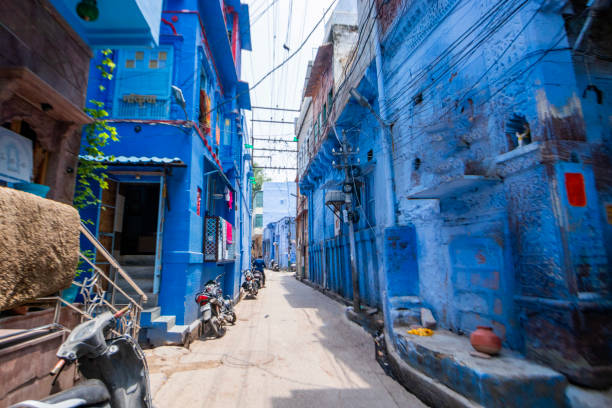
Cab Rental in Jodhpur
Local Sightseeing: Discover the Blue City Up Close
Opting for cab rental in Jodhpur for local sightseeing is the perfect way to explore the city at your own pace while accessing the most iconic landmarks. After arriving at Mehrangarh Fort, your private cab will drop you at Fateh Pol Gate, where you can embark on a walking tour through Jodhpur’s winding streets. This walking experience lets you get up close and personal with the city’s stunning architecture and vibrant daily life.
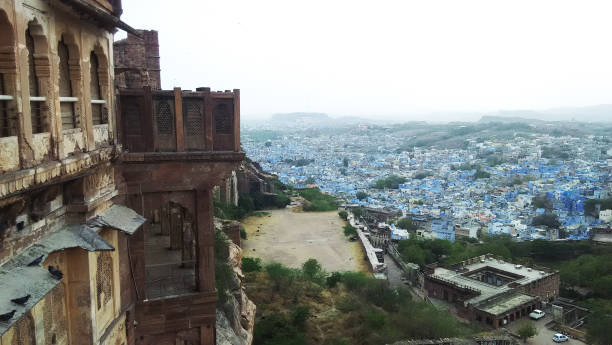
Taxi Hire in Jodhpur
Hire a Taxi from Jodhpur for a City Tour: Discover the Hidden Gems
Hire a taxi from Jodhpur for a city tour and explore more than just the famous landmarks. While Mehrangarh Fort and Umaid Bhawan Palace are must-sees, Jodhpur’s charm lies in its hidden gems. A taxi service takes you to secluded temples, ancient stepwells like Toorji Ka Jhalra, and traditional markets, offering an authentic glimpse into local life and culture. Discover quiet corners, local handicrafts, and peaceful gardens at your own pace, uncovering the true essence of the Blue City.
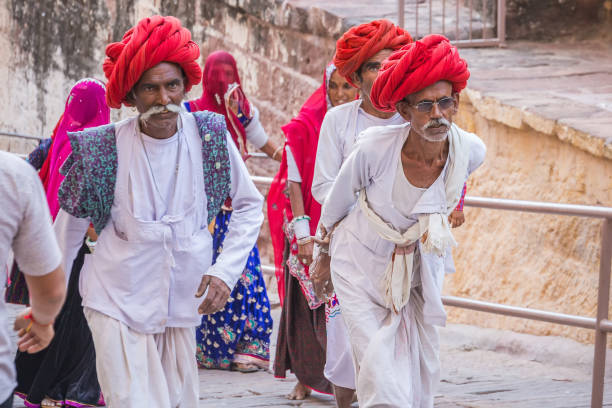
Car Rental in jodhpur
Engaging with Locals: A Personal Experience
With car rental in Jodhpur, you can explore the city at your own pace while engaging with the local community. Whether visiting markets or wandering the Old City, renting a car allows you to interact with locals, hear their personal stories, and gain a deeper understanding of Jodhpur’s culture. This experience adds a human element to your trip, making it more authentic and connected to the city’s rich heritage.

Best cab rental in jodhpur
Discovering Mehrangarh Fort – Jodhpur Walk Travel Tour Guide
Blue City: A Walking Tour with a Local Guide in Jodhpur A walking tour helps you avoid the more commercialized aspects of tourism, offering a more genuine experience of Jodhpur. You’ll see the city as it is, with its bustling markets, lively street scenes, and authentic local interactions.
Exploring the Old City of Jodhpur
Delving into the Old City
Blue City: A Walking Tour with a Local Guide in Jodhpur Leaving the fort behind, Driver India tour with Yogi, you’ll descend into the heart of Jodhpur’s old city. private car driver inida tour with Yogi, The narrow alleys, lined with blue-painted houses, create a maze that is both disorienting and delightful. hIre car and driver india contact number, Your guide will explain the significance of the blue color, traditionally associated with the Brahmin caste, cheapest hire car and driver india, and how it came to dominate the cityscape. such as lesser-known temples, historic havelis, and quiet courtyards where time seems to stand still. car on rent with driver for outstation.
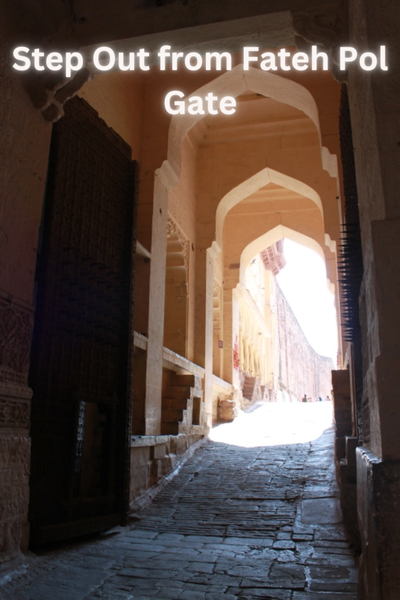
Cab Hire in Jodhpur
Step Out from Fateh Pol Gate
After immersing yourself in the grandeur of Mehrangarh Fort, one of Rajasthan’s most majestic landmarks, step out through the historic Fateh Pol Gate. This significant exit, once symbolizing victory, now opens a doorway to a captivating world—the vibrant Old City of Jodhpur. What awaits is not just a walk, but an intimate journey into the soul of the Blue City.
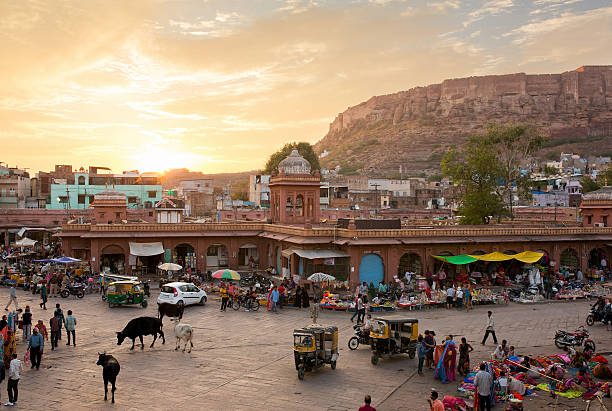
Jodhpur Sightseeing Taxi
Clock Tower and Sardar Market
Jodhpur Walking Tour Guide Head towards the Clock Tower, also known as the Ghanta Ghar, which is a prominent landmark of Jodhpur. Surrounding the tower is Sardar Market, a vibrant bazaar filled with shops selling spices, textiles, handicrafts, jewelry, and souvenirs. It’s a perfect spot to experience local flavors, haggle for goods, and enjoy some street.

Jodhpur Day Tours
The Blue Houses of Brahmpuri
Jodhpur Walking Tour Guide Wander through the Brahmpuri and Navchokiya neighborhoods, where you’ll find the famous blue houses of Jodhpur. Originally painted blue to signify that the homes belonged to Brahmins, the color is also said to repel heat and mosquitoes. The meandering lanes are ideal for photography, and you can interact with friendly locals who often invite visitors into their homes.
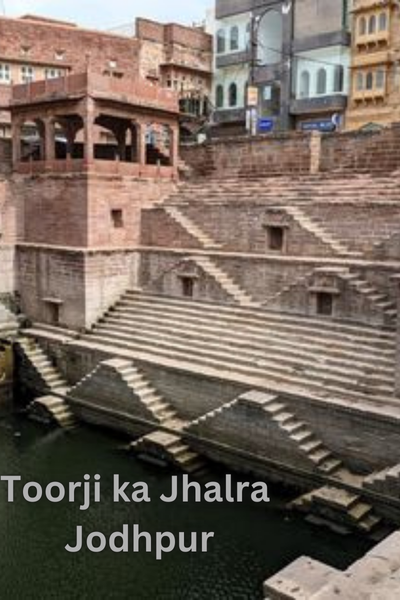
Jodhpur Cab Service
Toorji ka Jhalra
A short walk from the Clock Tower, Toorji ka Jhalra is an ancient stepwell that has been restored to its former glory. The stepwell features intricately carved steps and serves as a serene place to take a break. Nearby, you’ll find cafes where you can relax with a cup of chai or enjoy some local Rajasthani snacks.
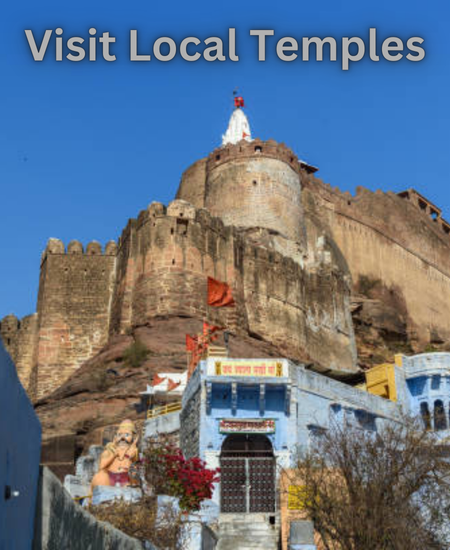
Taxi Service in Jodhpur
Visit Local Temples
The Old City is home to several beautiful temples, such as the Kunj Bihari Temple and the Chamunda Mata Temple. Each of these temples has unique architectural features and offers a glimpse into the spiritual life of the city. The Santoshi Mata Temple, in particular, offers stunning views over the blue city.

Local Cuisine
Taste the Local Cuisine
Don’t miss the opportunity to sample Jodhpur’s local delicacies. Try the famous Mirchi Vada (spicy chili fritters), Makhaniya Lassi (a rich, creamy yogurt drink), and Gulab Jamun ki Sabzi (a unique Rajasthani curry made from sweet dumplings).
FAQs About Jodhpur
Q 1. What is the significance of Jodhpur being called the “Blue City”?
Answer: Jodhpur is known as the “Blue City” due to the blue-painted houses found mainly in the old part of the city. Historically, these blue houses were primarily owned by Brahmins, the priestly caste in Hindu society. The color blue was believed to signify their status and also had practical benefits, such as keeping homes cooler during the hot summer months and repelling insects. Today, the blue houses have become a distinct and charming feature, adding to the city’s visual appeal.
Q 2. What can I expect to see and experience on a walking tour of the Blue City?
Answer: On a walking tour of the Blue City, you can expect to explore the narrow, winding lanes lined with blue-washed houses, each with unique architectural features. You will encounter local markets bustling with activity, visit historical landmarks like the Toorji Ka Jhalra stepwell, and witness the daily lives of the residents. A local guide will provide insights into the city’s rich history, culture, and traditions, offering a more immersive experience. You may also have the opportunity to taste local delicacies from street vendors.
Q 3. Is it safe to explore Jodhpur on foot with a local guide?
Answer: Jodhpur is generally considered safe for tourists, and exploring with a local guide adds an extra layer of security. Guides are familiar with the area, know the best routes, and can help you navigate through the city while avoiding potential risks. However, it’s always advisable to take standard precautions, such as staying in well-populated areas, keeping valuables secure, and being aware of your surroundings.
Q 4. What are the best times of year to visit the Blue City?
Answer: The best times to visit Jodhpur and the Blue City are during the cooler months, from October to March. During this period, temperatures are more comfortable for walking tours and exploring the city. Summers (April to June) can be extremely hot, while the monsoon season (July to September) may bring heavy rains.
Q 5. Are there other cities known by similar names?
Answer: While Jodhpur is prominently known as the “Sky Blue City,” other cities have different color-related nicknames. For example, Chefchaouen in Morocco is often referred to as the “Blue City” because of its blue-washed buildings. However, the term “Sky Blue City” specifically refers to Jodhpur.

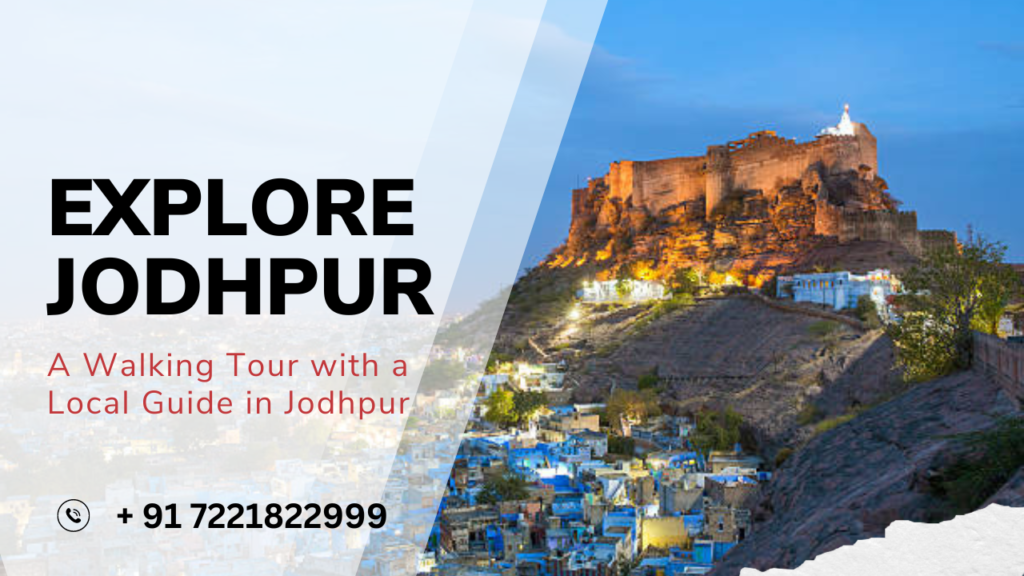
nice and information blog thanks for sharing.